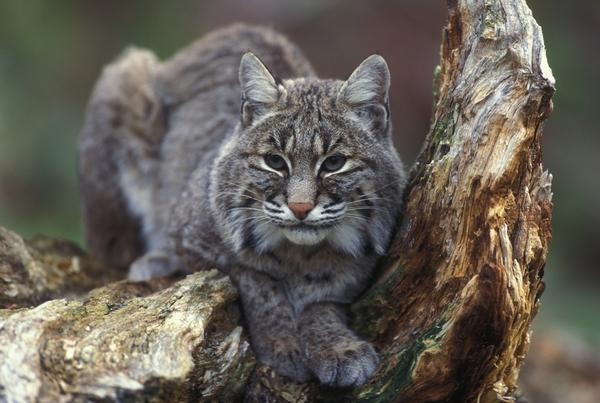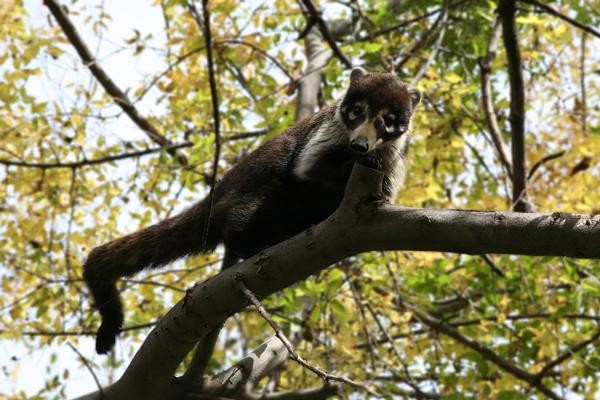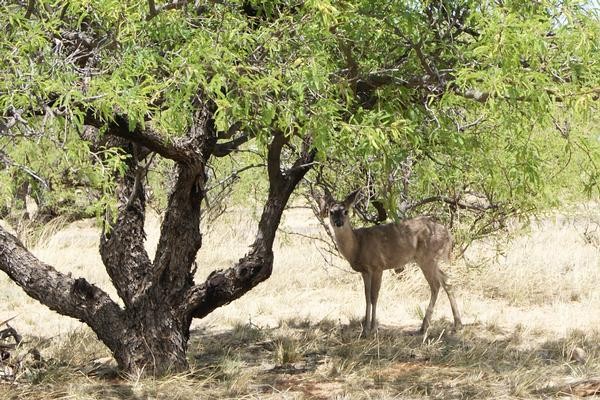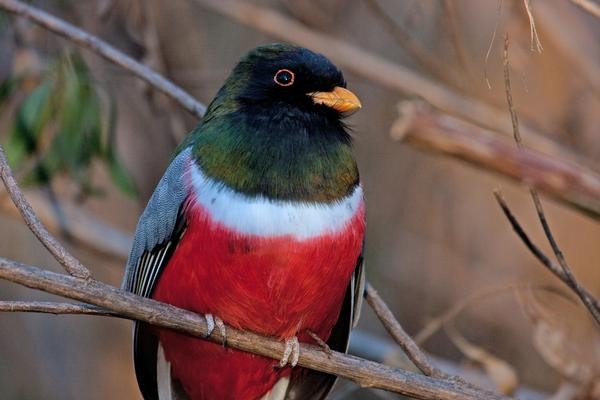Due to construction, the beach restroom will be closed until April 2025. Portable restrooms will be available.
Construction at Patagonia Lake State Park will be underway through spring 2025. We apologize for the inconvenience and construction-related noise. Thank you for your patience as we work to make Patagonia Lake State Park an even better destination for campers!
Park gates will be open from 4 a.m. to 10 p.m. All camping guests with reservations who will arrive after 10 p.m. must call the park before 4:30 p.m. to make arrangements.
Patagonia Lake State Park is subject to temporary mid-day closures due to park visitor capacity. Please plan accordingly and arrive early or call ahead.
Fish advisory in effect: ADEQ recommends that adults limit consumption of flathead catfish to 2.5 ounces (uncooked weight) per week and children 12 years of age and younger limit consumption to 2 ounces (uncooked weight) per month.
NO dogs allowed at beach day use area. Please use west day use area.
Southern Arizona's Watchable Wildlife
An abundance of native Southern Arizona wildlife can be seen in the park. Bobcat, coatimundi, coues whitetail deer, javelina, coyote and a large variety of birds, reptiles and other mammals are available for the pleasure of park visitors. A hike through any of the park trails will lead visitors into prime southern Arizona habitat. Hike slowly and pay attention to the sights and sounds around you, a surprise encounter with one of the park residents could be in your immediate future at any time. Please keep in mind that all animals encountered here are wild. They require space to feel comfortable, so we ask that visitors refrain from getting to close, or from feeding them. Above all, please enjoy these native Arizona treasures during your time at Patagonia Lake State Park. Learn where to view Arizona's diverse wildlife species throughout your state park system on the Arizona Wildlife page.
Bobcat

Bobcats are very plentiful throughout Arizona and although mostly nocturnal, they are still seen somewhat regularly in and around the park. These southern Arizona bobcats are drawn here because of the burgeoning rodent population of numerous species within the park. The food chain here is right where it needs to be, and the Patagonia Lake State Park bobcats do a great job of keeping the small mammal and bird populations in check.
As generally territorial and solitary creatures, bobcats are usually encountered alone in the park although females with kittens are occasionally seen. Color variants may range from grey to reddish hues and their beautiful spotted markings work as exceptional camouflage. Bobcats are secretive in nature and usually avoid humans if possible, therefore a chance encounter while visiting the park is a special memory that will be cherished forever.
Coatimundi

Coatimundis, or coati, are one of the more unique and interesting animal species that Arizona has to offer, and the Patagonia Lake State Park area is a great place to see them! As a very social creature, young coatis are often found traveling in “troops” with females as they search for food items such as insects, small reptiles, roots, fruits, and nuts. The males lead a more solitary life and seek out troops of females in early spring to procreate.
Coatis travel with their tails standing straight up so a troop is relatively easy to spot as they maneuver through the high desert. Their social communication consists of a series of chattering and squealing sounds which helps park visitors identify coati whereabouts for closer inspection. As diurnal creatures, Arizona’s coatis are active during the daylight hours which gives park visitors a better chance of enjoying an encounter. At night coatis retreat to the trees where those long tails come in handy to help keep their balance. To learn even more about these amazing animals, check out Arizona's most comprehensive white-nosed coatimundi resource.
Coues Whitetail Deer

Southern Arizona contains the nation’s epicenter of Coues whitetail deer habitat. High concentrations of these diminutive cousins to the whitetail are found here and give visitors to Patagonia Lake State Park a high likelihood of an encounter. Coues whitetail is active throughout the day and often travel to water between 11:00 a.m. and 2:00 p.m. before feeding throughout the rest of the evening. Look for movement through the vegetation, or for deer feeding on open hillsides feeding on area browse.
There are two distinct timeframes throughout the year that give visitors the best chance of seeing these beautiful “gray ghosts” of the desert. During summer when does are raising fawns, and when bucks are growing their antlers, the deer remain in the relatively open country and generally displays a relaxed demeanor. Conversely, during the rut (breeding season) the bucks seek out does in a frenzy to breed and fight off their competition.
Looking for even more Arizona wildlife info? Sign up for our newsletter to have viewing tips, animal profiles, and wildlife themed events delivered right to your inbox!
Birds

Explore the wonderful world of birds that live around Patagonia Lake! From turkey vultures to tanagers, hummingbirds, and more...Patagonia Lake sports a wide variety of bird species waiting to be rediscovered. So bring your binoculars, bird books, sturdy hiking shoes, and plenty of water to enjoy your southern Arizona birding adventure!
Take a look at Patagonia’s eBird sightings list to find out which species have been using the park, then download a printable bird checklist and find as many you can during your next trip!
Patagonia Lake State Park is a wildlife lover’s paradise, offering incredible opportunities to observe a variety of birds and animals in their natural habitat. From majestic bald eagles and graceful herons to elusive bobcats and javelina, the park is teeming with life just waiting to be discovered. Whether you're an avid birder, a nature enthusiast, or simply looking for a peaceful escape into nature, a trip to Patagonia Lake promises unforgettable wildlife encounters and breathtaking scenery. Pack your binoculars and camera, and start planning your adventure to this southern Arizona gem today!


